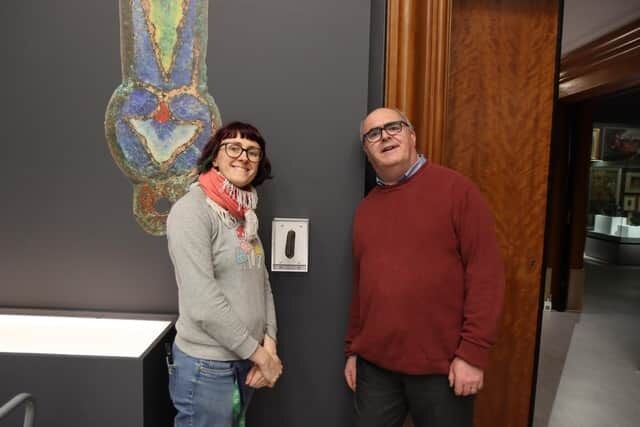News
Greetings from the fourth century: geography teacher found a stone with mysterious markings in his garden
A geography teacher named Graham Senior was clearing an overgrown garden near his home in Coventry when he came across a stone with mysterious incisions. Intrigued, he sent photos to a local archaeologist.
Graham was stunned to learn that the markings were made more than 1600 years ago and that the artifact was worthy of a museum, The Guardian reports. The rectangular sandstone rock was inscribed with the Ogham, an alphabet used in the early Middle Ages mainly for writing in the Irish language.
Before the Irish began using parchment manuscripts, they used an Ogham writing system consisting of parallel lines arranged in groups on materials such as stone. Rare examples of such stones provide insight into the Irish language's use of the Latin insular letter.
"I was just clearing a flower bed of weeds and stones when I saw this thing. I thought it was probably an animal scratch," the 55-year-old man who found the stone said.
Graham consulted a relative who is an archaeologist. He advised him to contact the Portable Antiquities Scheme (PAS), which encourages the recording of archaeological sites found by members of the public.
Teresa Gilmore, archaeologist and finds liaison officer for Staffordshire and the West Midlands based at Birmingham Museum, acknowledged that this was an amazing find that would affect the course of history.
Katherine Forsyth, Professor of Celtic Studies at the University of Glasgow, confirmed that this letter is an Ogham, an early style that most likely dates from the 5th to 6th, or even the 4th century.
The stone, 11 cm long and weighing 139 g, has inscriptions on three of its four sides.
Its purpose is unclear. Scientists suggest that it could have been a portable memorial object.
Gilmore explains the inscription on it, "The first part relates to a person’s name, Mael Dumcail. The second part is less certain. We’re not sure where the S/ Lass comes from. It is probably a location."
The stone will be on display at the Herbert Art Gallery and Museum in Coventry. It will be presented at the exhibition "Collecting Coventry", which will open on May 11.
Only verified information is available on our Telegram channel OBOZ.UA and Viber. Do not fall for fakes!





























